CARETA, the wearable apparatus, is aimed to incorporate the physiology system, to be utilized by our “apparatus” to cultivate and to consume the spirulina plantesis. Therefore, the advanced apparatus system, instead of producing carbon dioxide, one of the most serious greenhouse gases, is generating diverse vitamin and oxygen to benefit not only human being health but also, we aim to rejuvenate the surrounding habitat.
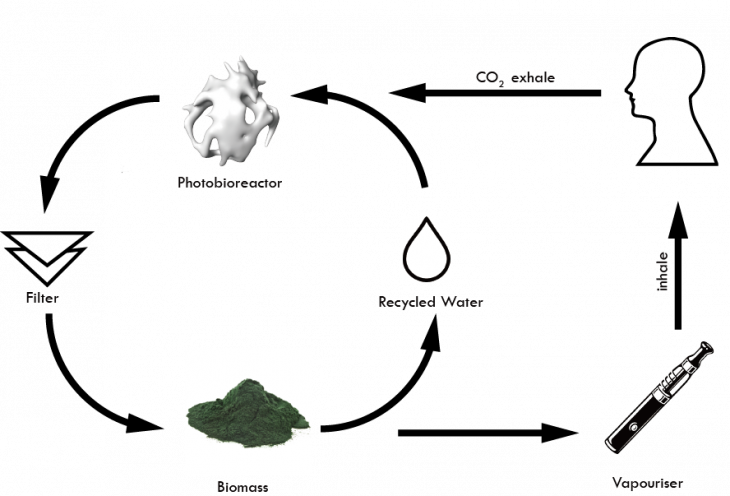
Figure 1:Relation of generating spirulina, cultivation and consumption
Our wearable prototype proposes to use our own body as the host to the photobioreactor, delivering the parameters such as carbon dioxide. Our body heat will permeate the warmth the bioreactor requires for growth of spirulina. The concept of vapourization is one of the alternate ways of consuming the” food of the future”. With the help of the experiments conducted, we are positive that this process will not only help us ingest this super food but also lead us to trying experimenting other bio- edible elements with a similar concept.
Morphology process
Our morphology proposal is applying the self-similarity logic on the efficient route mapping. In figure 2, we experiment the possibility of the route mapping on the triangular grid in the different level, to develop the possibility of the logic application. With respect to the self-similarity logic, we aim to develop the apparatus based on the human temperature and to generate the morphology by the efficient route mapping on our human body. In figure 3, we demonstrate the process how we develop our wearable photobioreactor using 3D scanning and thermal mapping.
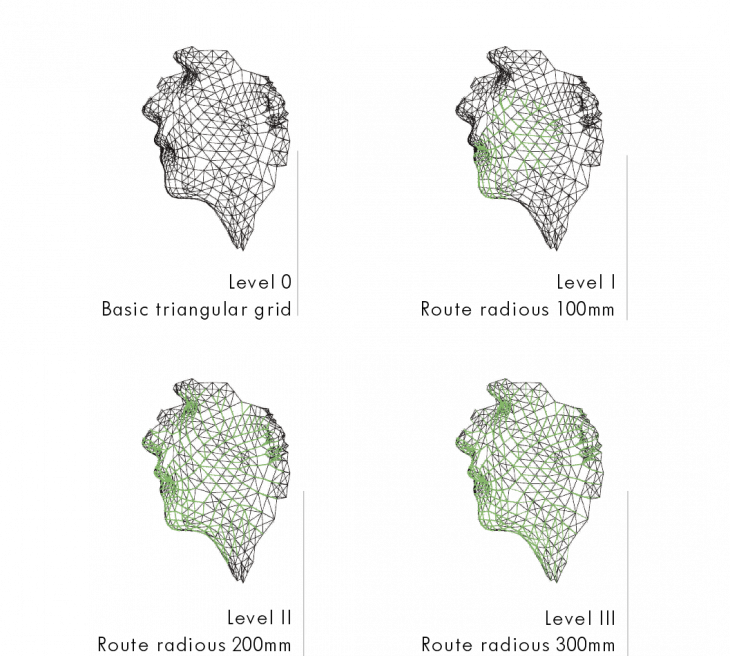
Figure 2: Self similarity logic on the efficient route mapping

Figure 4: Design development process
The following catalog was generated as a result of the efficient mapping.
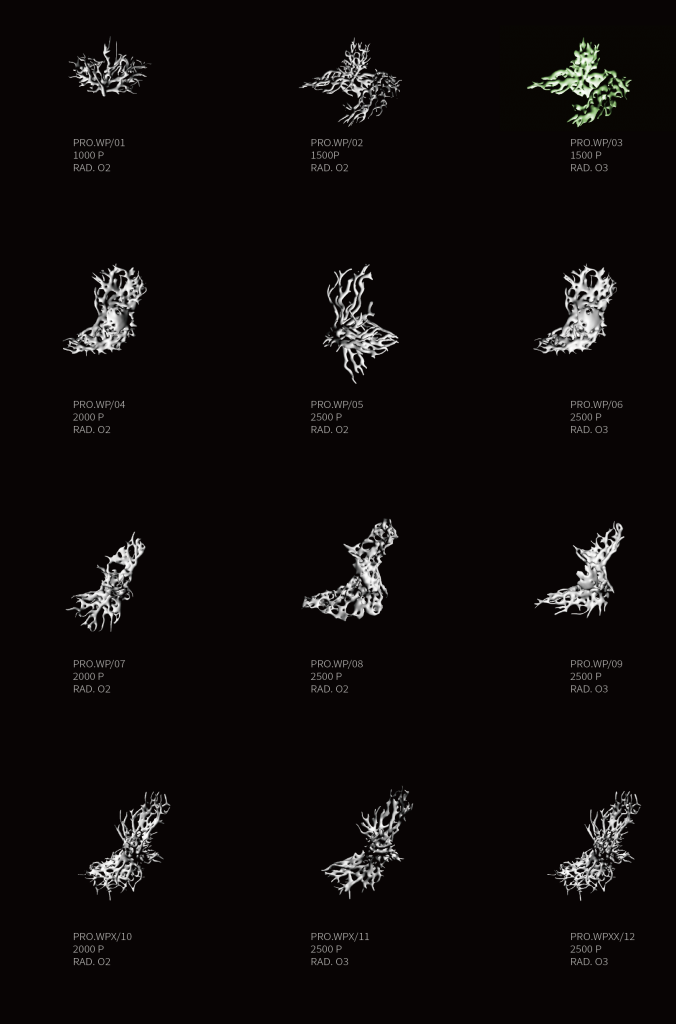
Figure 4: Catalog of design prototypes
Prototypes
The generative prototypes of CARETA were produced using Zotrax M-200. The initial mock-ups were tested with various materials using ABS (Acrylonitrile butadiene styrene) and Z-glass (a
transparent filament). The physical models thus generated were solid internally. Our aim was to make the shell structure hollow so as to allow spirulina to flow through the entire system. To achieve this, we decided to break our final prototype into 4 parts.

Figure 5: 3-D printed prototypes
Final Prototype
The CARETA circulation incorporates the spirulina circulation, harvesting mechanism, illumination system and carbon dioxide circulation.
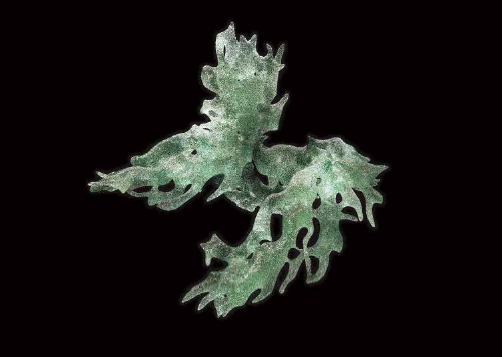
Figure 6: Final prototype
The hollow printed structure is able to hold 1290 ml of liquid spirulina. Through the human movement, the spirulina is able to flow in the wearable apparatus. The tubes connect from the mouth area to different part of the CARETA, to ensure the spirulina has enough carbon dioxide to photosynthesis. Last but not least, the illumination system guarantees sufficient light for the spirulina to grow. In the CARETA prototype, we integrate the LEDs and wires with the silicon casting to stable the light supplement.
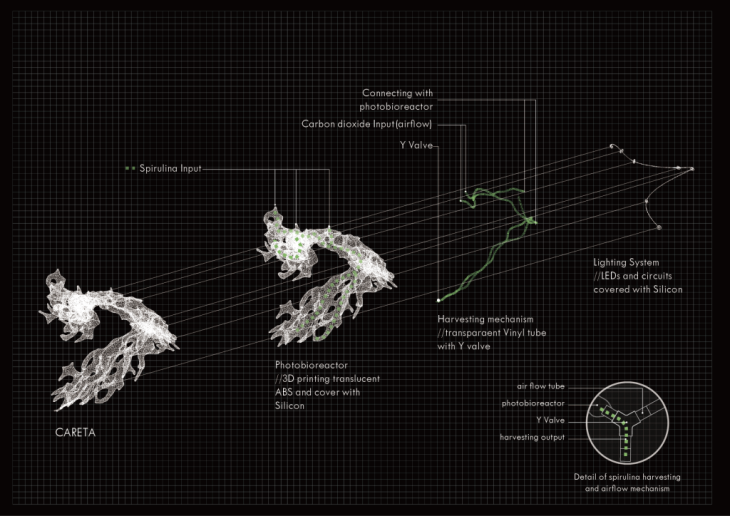
Figure 7: Circulation diagram of the apparatus
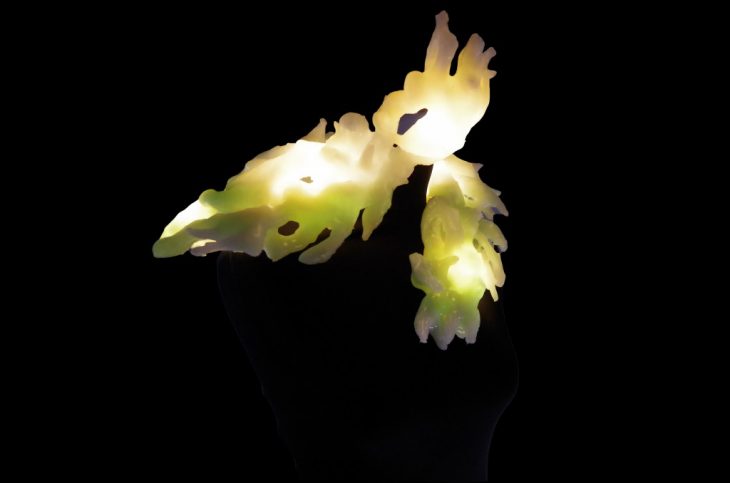
Figure 8: CARETA
Consumption
Vapourisation is the new outlook for ingestion of food. Vapourisation gently releases delicate scents and aromas without imparting bitter or unpleasant flavors. The vapourizable ingredients
are released in a gentle way by hot air heated at the exact temperature the essential oils become volatile, thus preserving the pure aromas of the original ingredient without the toxic combustion
substances.
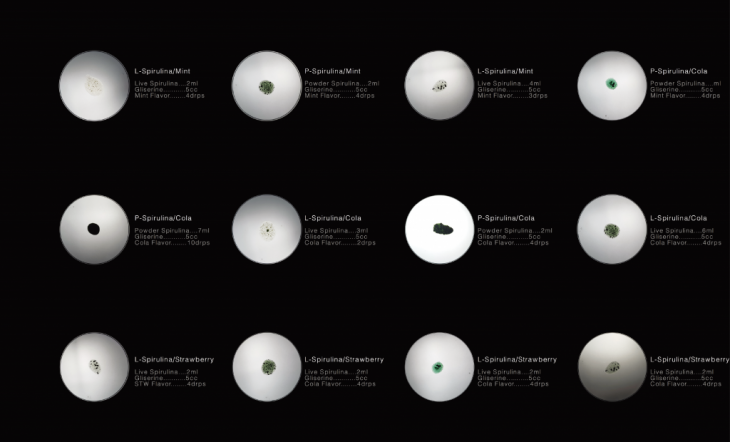
Figure 9: Catalog of flavour experiments
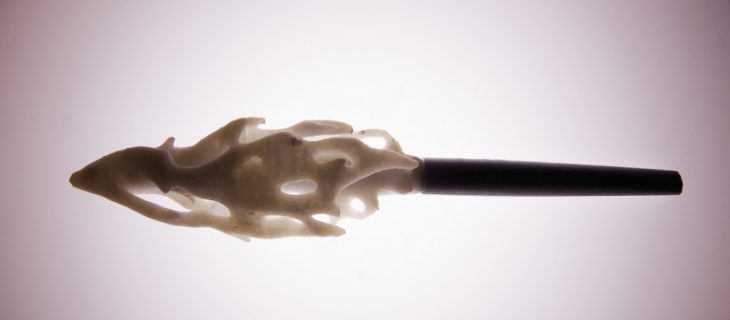
Figure 10: Vaping device
Careta will act as an external object which plays a significant role in aiding human cognitive processes. The mind and environment would behave like a “coupled system”. The utilization of our morphology to derive the concept of the masks is the perfect example of this coupled system. We propose this utopian idea to be accessible in this post-human world, where the machines and nature are integrating with each other to create a visionary era.
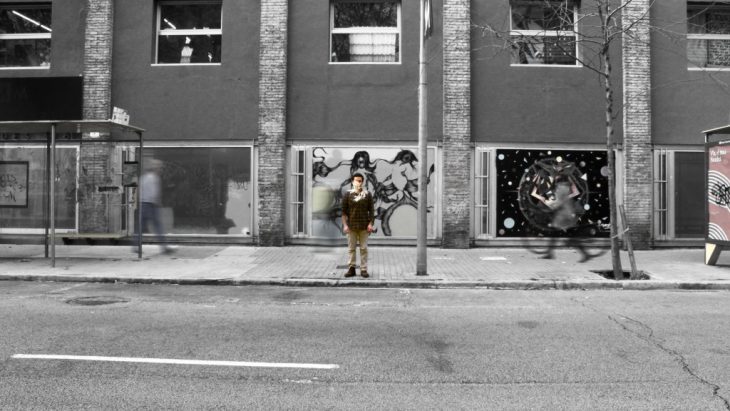
Figure 11: Performance of CARETA in urban context
CARETA is a project of IaaC, Institute for Advanced Architecture of Catalonia
developed at MAA01 in 2017 by:
Student: Alberto Emil Holguin Martinez, Ipsita Datta, Mateo Tomas Proano Albuja, YuChen Chen, Xu Jiang
Faculty: Claudia Pasquero, Carmelo Zapulla